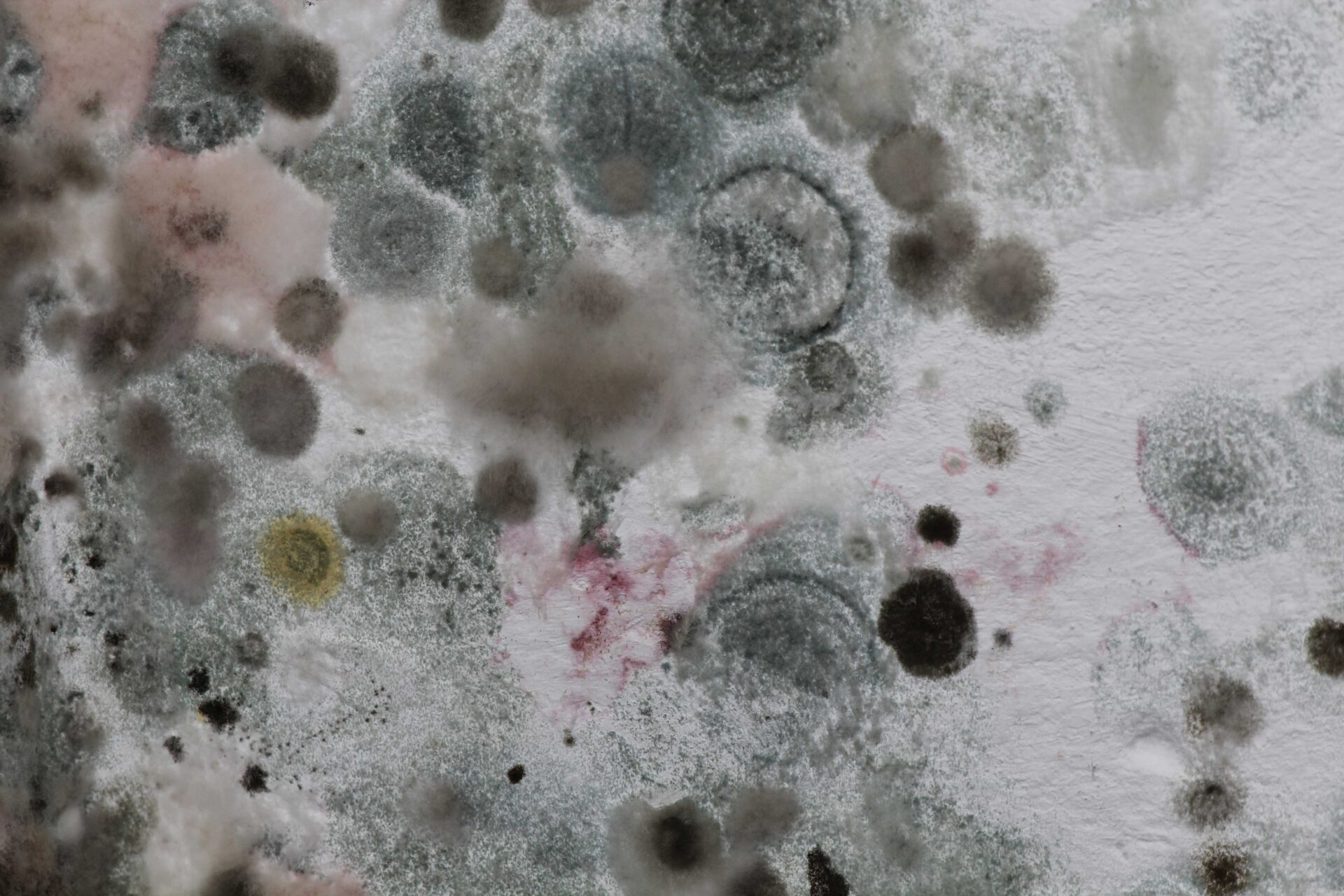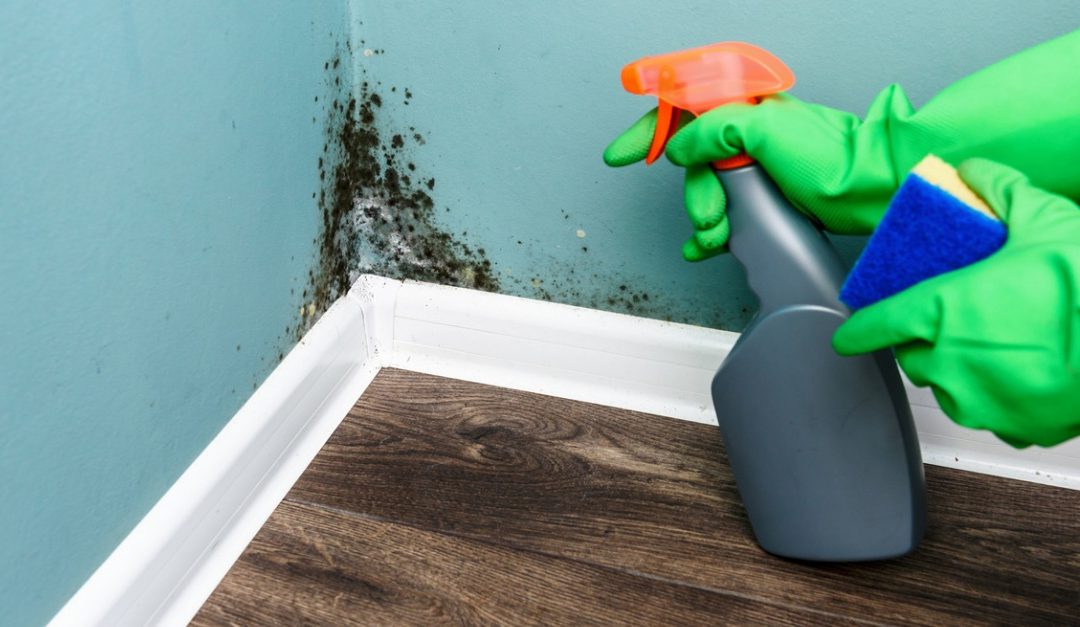Mould can be a serious problem in homes, causing health issues and structural damage if left unaddressed. In this article, we will discuss the causes and effects of mould in homes and provide tips on how to prevent and remove it.

What is Mould?
Mould is a type of fungus that grows in damp and humid conditions. It thrives in areas with poor ventilation, moisture, and organic matter, such as wood, paper, or fabrics. Mould can appear in different colours, such as black, green, or white, and emit a musty odour. It can grow on walls, ceilings, floors and carpets.
Why is Mould Bad?
Mould is bad for several reasons. First, it can cause health problems, especially for people with respiratory issues, allergies, or weakened immune systems. The spores released by mould can trigger symptoms such as coughing, wheezing, sneezing, sore throat, and itchy eyes. Second, mould can damage the structure and aesthetics of your home. It can stain surfaces, weaken materials, and create an unpleasant odour. Third, mould can lower the value of your property and make it harder to sell or rent.

How to Prevent and Remove Mould?
The best way to deal with mould is to prevent it from growing in the first place. Here are some tips on how to prevent mould in your home:
- Control Humidity Levels: Mould thrives in moist environments, so it’s important to keep your home dry and well-ventilated. Use extractor fans in bathrooms and kitchens, open windows when cooking or showering, and avoid drying clothes indoors. Keep the humidity levels below 60% by using a dehumidifier if necessary.
- Fix Leaks and Dampness: Moisture can enter your home through leaks, condensation, or rising damp. Inspect your roof, gutters, pipes, and walls for any signs of damage or dampness. Repair leaks promptly and ensure proper drainage. Use waterproof sealant or damp-proof membrane to prevent moisture from seeping through walls or floors.
- Improve Ventilation: Good air circulation can help prevent moisture build-up and mould growth. Keep doors open, use ceiling fans or air conditioning, and avoid blocking air vents. If your home is poorly ventilated, consider installing additional vents or a mechanical ventilation system.
- Clean Regularly: Regular cleaning can help prevent mould from settling on surfaces and fabrics. Use a solution of water and vinegar or bleach to clean bathroom tiles, kitchen surfaces, and other areas prone to mould growth. Vacuum carpets and upholstery regularly to remove dust and spores.
- Monitor Indoor Plants and Outdoor Conditions: Indoor plants can contribute to mould growth if overwatered or placed in damp areas. Choose plants that require less water and avoid overwatering them. Also, monitor outdoor conditions such as rain, humidity, and temperature to adjust your indoor environment accordingly.

If you do find mould in your home, here’s how to remove it:
- Identify the Source of the Problem: Look for signs of water damage, such as leaks, dampness, or discolouration on walls, ceilings, or floors. If you can’t find the source of the problem, consider hiring a professional to inspect your home.
- Remove the Mould: For small areas of mould, you can use a solution of bleach and water to clean the surface. For larger areas of mould, or if you have health concerns, consider hiring a professional to remove the mould.
- Repair the Source of the Problem: Simply removing the mould is not enough to prevent it from coming back. You must also repair the source of the problem ,such as fixing leaks, improving ventilation, or removing damp materials. This will help ensure that the area stays dry and prevent further mould growth.
- Dispose of Contaminated Materials: If the mould has contaminated any materials such as carpets, curtains, or insulation, it may be necessary to dispose of them. Make sure to seal them in plastic bags and dispose of them according to your local regulations.
- Prevent Mould Re-Growth: After removing the mould, it’s important to take steps to prevent it from returning. Keep the area dry and well-ventilated, monitor humidity levels, and clean regularly. Consider using mould-resistant paint or coatings on walls and ceilings, and avoid using carpets or wallpaper in damp areas.
Our cleaning experts gave us their best tips on cleaning mould effectively:
- Use Lemon Juice: Lemon juice is a natural and effective way to remove mould from hard surfaces. Simply apply lemon juice to the affected area, let it sit for a few minutes, and then scrub the area with a brush or sponge. Rinse the area with water and dry it thoroughly.
- Try Magic Eraser Sponges: Magic eraser sponges, also known as melamine foam sponges, are a great tool for removing mould from walls, tiles, and other surfaces. Simply dampen the sponge and gently scrub the affected area. The sponge will remove the mould without damaging the surface.
- Use Vinegar: White vinegar is another natural cleaning agent that can be effective in removing mould. Mix equal parts white vinegar and water in a spray bottle and spray the affected area. Let it sit for an hour, and then scrub the area with a brush or sponge. Rinse the area with water and dry it thoroughly.
- Clean Kitchens and Bathrooms Regularly: Kitchens and bathrooms are particularly susceptible to mould growth due to the presence of moisture and humidity. To prevent mould from growing, it’s important to clean these areas regularly with a mould-resistant cleaner. Pay particular attention to areas around sinks, faucets, and showers.
- Address Water Damage Immediately: If you have a leak or water damage in your home, it’s important to address it immediately to prevent mould growth. Dry the affected area thoroughly and repair the damage as soon as possible.
By following these tips and regularly cleaning your home, you can effectively prevent and remove mould and create a safe and healthy living environment.
In conclusion, mould is a common problem in homes that can cause health issues and structural damage if left unaddressed. By following the tips outlined in this article, you can prevent and remove mould in your home, and create a safe and healthy environment for you and your family. Remember, prevention is key, so be proactive in controlling moisture and improving ventilation to keep your home dry and mould-free.
Tags: cleaning tips, dehumidifier, domestic cleaning, mould, mould build up, mould causes, mould free home, mould healt, mould health, mould home, mould house, mould prevention, poppies cleaning service, prevent mould, professional cleaner, remove mould, ventilation
Categorised in: Uncategorized
This post was written by kirstyrickett




